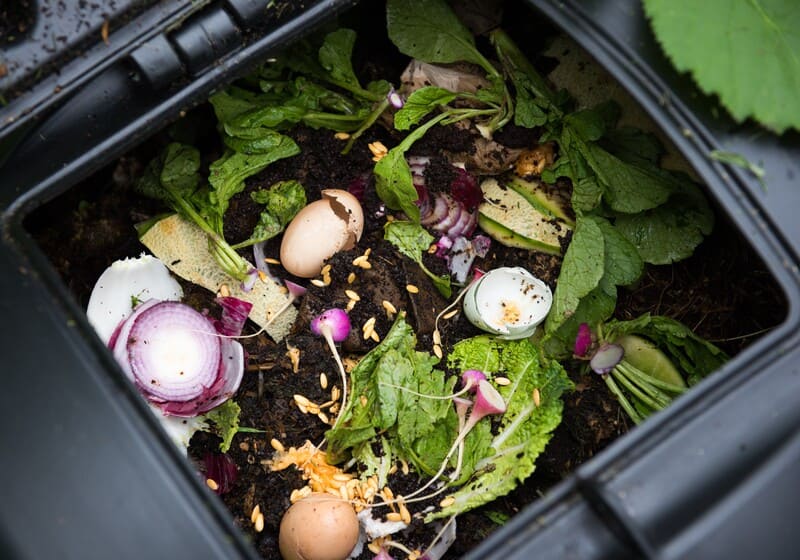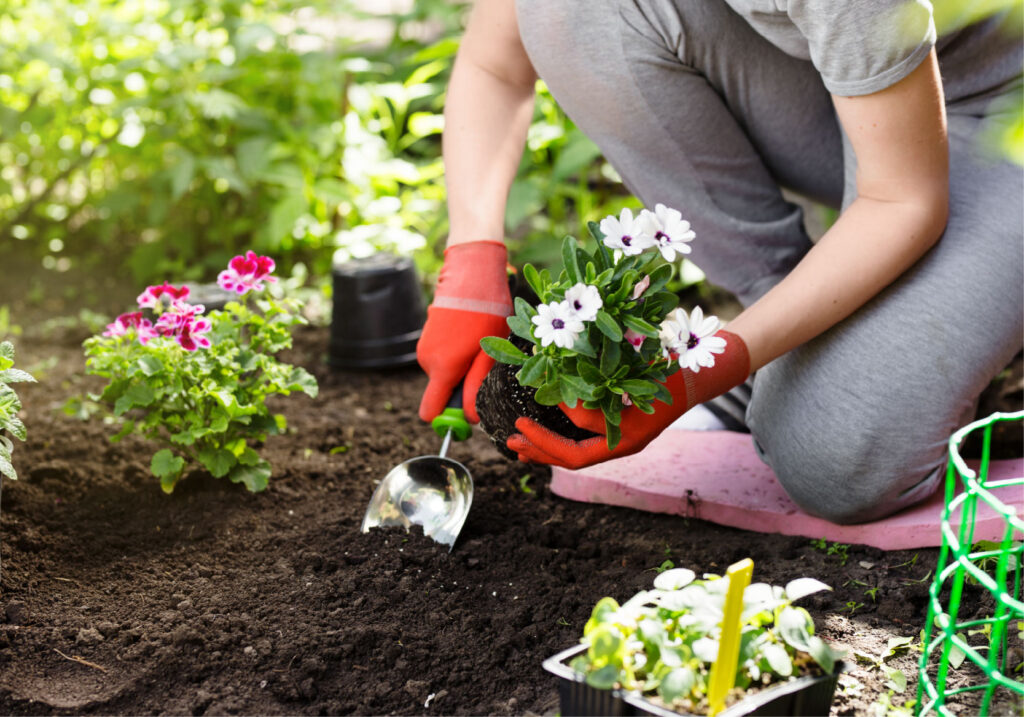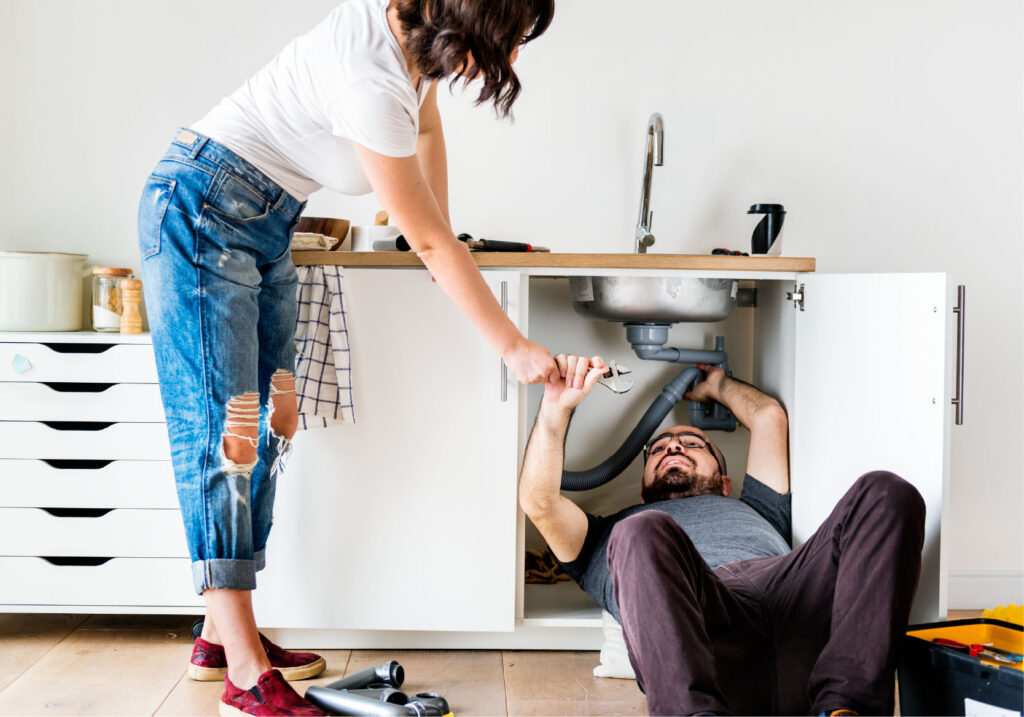Composting can be a little intimidating if you’re new to the game. The good news is that it’s definitely not as hard as it looks. If you’re interested in starting to compost at home but haven’t tried it yet, we’ll tell you everything you need to know.
Composting 101
At its heart, composting is a process of controlled decomposition. Start with a pile of the waste your household naturally creates—stuff like kitchen scraps, paper, coffee grounds and more (we’ll go further into this later)—and eventually you’ll end up with a batch of rich fertilizer you can use to keep your garden plants growing healthy.
Here’s where things get trickier. It matters how you store your compost pile, what you include in the pile and in what ratio, and how often you turn the pile. Technically speaking, you don’t need any special tools to get started with composting. However, if you (or your neighbors) don’t really want to spend your days looking at a pile of compost in your yard, you can buy a container that will hide the potential eyesore. Besides hiding your compost pile, many containers are designed to allow for easier turning of the pile, which speeds up the process. If you just have a compost pile, you’ll have to turn it by hand.
What Can You Compost?
Practically any natural material will begin to break down given the right ratio of bacteria, heat and moisture. There are some rules, though. First, all of your compost material should be in scrap-sized pieces. For example, don’t throw a whole pumpkin in your pile—while it will break down eventually, it will take a long, long time. Second, you’ll want to start out with the right mix of materials to provide the best environment for bacteria to thrive. Bacteria need two elements in order to grow and break down waste into fertilizer. Here’s a breakdown of different items that are rich in carbon and nitrogen to give you an idea of how to build your pile.
The Ideal Compost Pile Ratio
Compost piles with too much carbon won’t break down quickly (you’ll basically just have a pile of garbage hanging out in your yard). Too much nitrogen and you’ll end up with an extremely smelly pile. The ideal ratio for carbon to nitrogen in a compost pile is 25:1, but this number can be a little misleading. Since all organic matter contains a lot of carbon, including the nitrogen-rich examples above, you’ll simply want to shoot for a ratio of about 2 or 3 parts carbon-rich material to every 1 part of nitrogen-rich material. You’ll also want to introduce enough water into the mix to keep things moist, but not so much that your pile is sitting in a puddle.
What Should You Not Compost?
As we’ve mentioned, just about any organic material will break down in your compost pile given the right conditions, but there are several items we’d avoid.
Turning Your Compost Pile
Once you’ve got a good pile going, there are a few things you need to do to help the waste break down into fertilizer. First, you’ll have to turn the pile with a shovel every so often (about once every two weeks should be fine) to mix everything up. Why? Because the aerobic bacteria in your compost pile needs oxygen to thrive, and there’s not much oxygen in the middle of the pile. You should also add water with a garden sprayer when it needs it. Your compost should always be damp, but not wet.
If you notice that your pile doesn’t seem to be breaking down after a week or so, add more nitrogen, or add more carbon if your compost is starting to stink. After a few weeks with the optimal balance of carbon to nitrogen, you should end up with a nice batch of soft, fluffy compost.
Call National Property Inspections Today
Our expert inspectors have the knowledge and experience to assess all your home’s major systems and provide a comprehensive report. Find an inspector near you today to make your appointment.



